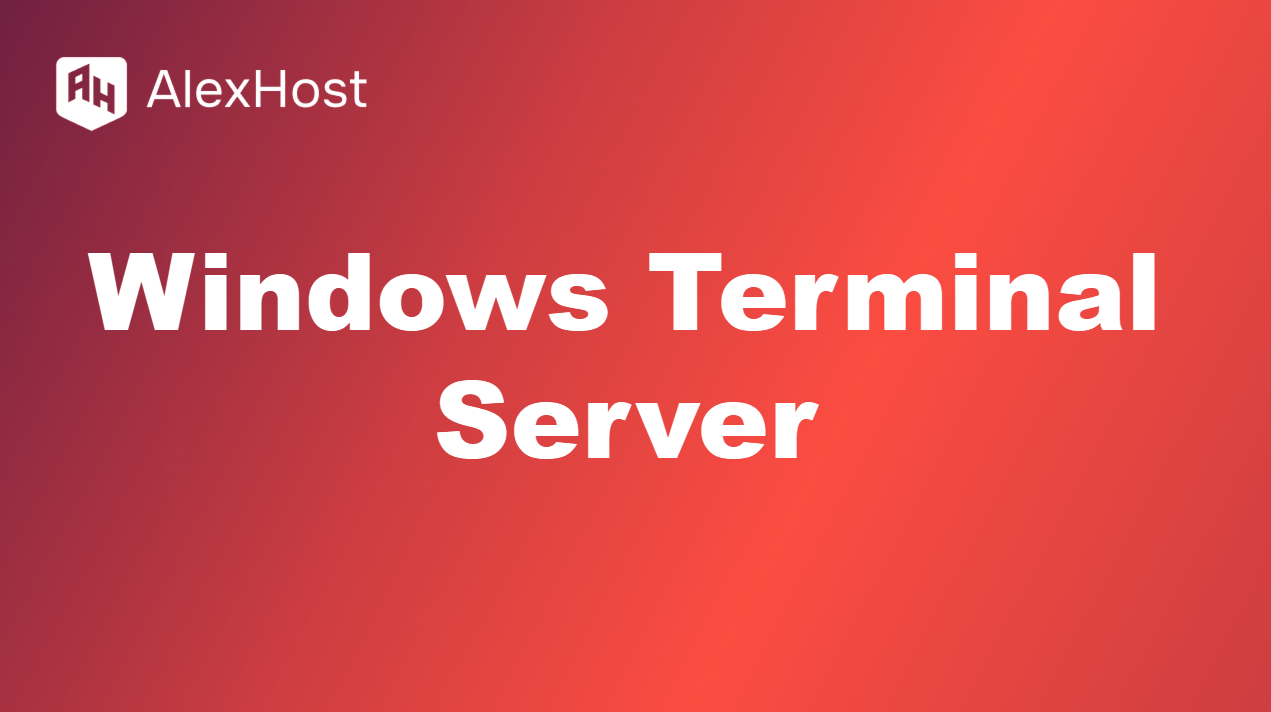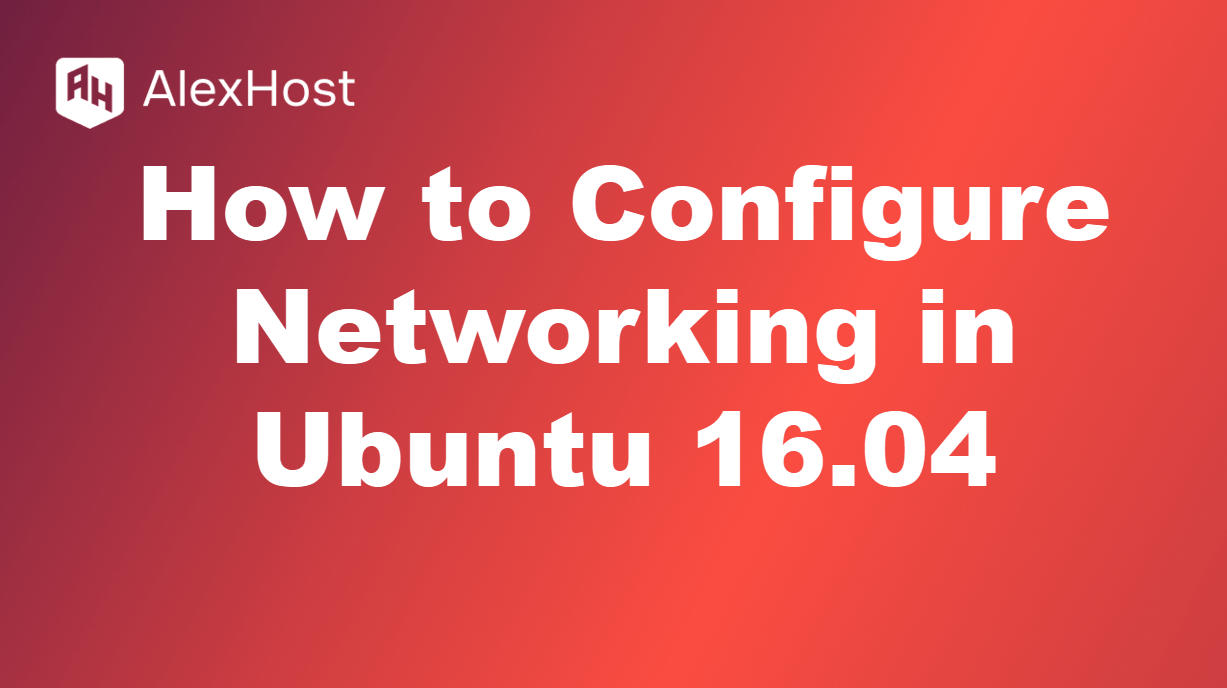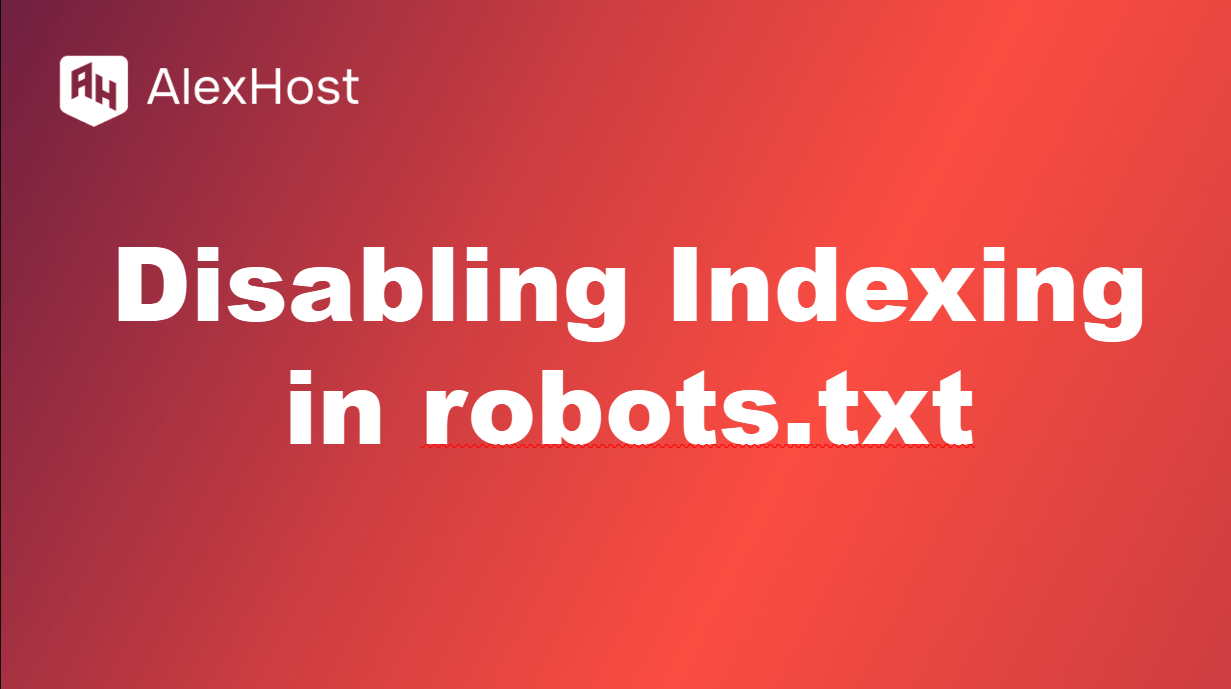A Windows Terminal Server allows multiple users to connect and work on a Windows-based system simultaneously. It’s commonly used in enterprise environments to provide access to applications, data, and processing power remotely. Here’s a comprehensive overview of how Windows Terminal Servers work, their benefits, and how to set one up. 1. What Is a Windows […]
Kali Linux is a powerful Linux distribution used for penetration testing, ethical hacking, and security research. Installing Kali Linux in a virtual environment using VirtualBox allows you to run it alongside other operating systems without the need for dual-booting or a dedicated machine. In this article, we’ll guide you through the steps to install Kali […]
Networking is a critical aspect of any system, whether you are setting up a server, virtual machine, or desktop. In Ubuntu 16.04, networking is managed by a tool called ifupdown, which uses the configuration file /etc/network/interfaces. In this article, we will guide you through configuring networking on Ubuntu 16.04. Step 1: Access the Network Configuration […]
Managing databases efficiently starts with the right hosting platform. AlexHost’s Database Hosting Solutions offer robust support for SQL-based relational databases like MySQL and PostgreSQL, ensuring optimal performance and security. Whether you’re a beginner learning SQL commands or an experienced developer managing complex databases, AlexHost provides the reliable infrastructure you need to streamline your database operations. […]
Debian is a widely used, open-source Linux distribution known for its stability, security, and large repository of software packages. It is one of the oldest and most respected distributions in the Linux community, forming the basis for many other popular distributions like Ubuntu, Linux Mint, and Raspbian. In this article, we’ll explain what Debian is, […]
Manage SOA Records on AlexHost VPS for Reliable DNS Why manage SOA records on AlexHost? SOA records define critical DNS zone details, ensuring proper domain functionality. AlexHost’s VPS with NVMe storage, root access, and DDoS protection offers a fast, secure platform for DNS management. This guide explains SOA records and how to check them on […]
SSL (Secure Sockets Layer) is used to encrypt communication between a website and its users. However, sometimes users encounter SSL security errors when visiting a website. These errors can be caused by various factors, including expired certificates, misconfigurations, or outdated browsers. In this article, we’ll explore common SSL security errors and how to fix them. […]
Managing users is an essential part of system administration in Linux. In some cases, you may need to delete a user account, such as when an employee leaves a company or when you no longer need a specific user on your system. In this article, we’ll show you how to delete a user in Linux […]
A robots.txt file is a simple text file that tells search engines which sections of your site can or cannot be indexed. If you want to restrict access to certain pages, directories or files, you can set up these restrictions in robots.txt. Using AlexHost services, you will get full access to manage this file, which […]
File Sharing on AlexHost VPS: Secure, Efficient, and Privacy-Focused Why file sharing on AlexHost? File sharing is vital for collaboration, large file transfers, and secure document exchange. AlexHost’s VPS with NVMe SSD storage, LiteSpeed, full root access, and DDoS protection provides a fast, secure platform for self-hosted file sharing tools like Nextcloud or ownCloud. While […]
















